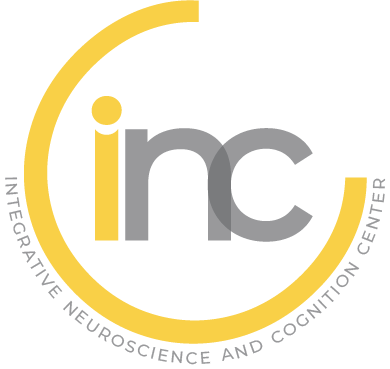Speaker
-
Stéphanie BaulacDR1 - Paris Brain Institute - ICM, Pitié-Salpêtrière Hospital, Paris
Brain mosaicism in epileptogenic cortical malformations, by Stéphanie Baulac
Brain mosaicism in epileptogenic cortical malformations
Summary
Focal Cortical Dysplasia (FCD) is the most common focal cortical malformation leading to childhood focal epilepsy that undergo epilepsy surgery. In recent years, we and others have shown that FCD type II is caused by mosaic mutations in genes within the PI3K-AKT-mTOR-signaling pathway. Hyperactivation of the mTOR pathway accounts for neuropathological abnormalities and seizure occurrence in FCD. We further showed from human surgical FCDII tissue that epileptiform activity correlates with the density of mutated dysmorphic neurons, supporting their pro-epileptogenic role. The level of mosaicism, as defined by variant allele frequency (VAF) is thought to correlate with the size and regional brain distribution of the lesion such that when a somatic mutation occurs early during the cortical development, the dysplastic area is smaller than if it occurs later. Novel approaches based on the detection of cell-free DNA from the CSF and from trace tissue adherent to SEEG electrodes promise future opportunities for genetic testing during the presurgical evaluation of refractory epilepsy patients or in those that are not eligible for surgery. In utero-based electroporation mouse models allow to express somatic mutation during neurodevelopment and recapitulate most neuropathological and clinical features of FCDII, establishing relevant preclinical mouse models for developing precision medicine strategies.
Short Biography
Stéphanie Baulac is research director at Inserm (DR1) and group leader at the Paris Brain Institute (ICM, Pitié-Salpêtrière Hospital, Paris).
As a PhD student in Neuroegnetics at the Pitié-Salpêtrière (Paris University, 1998-2001), she identified two novel epilepsy genes, SCN1A and GABRG2, with major clinical impact for genetic diagnosis. As a postdoctoral research fellow at the Harvard Medical School, Boston, she investigated molecular and cellular mechanisms in familial forms of Alzheimer and Parkinson
Back in France, she has pursued her work on familial focal epilepsies, with the goal to decipher underlying mechanism using disease models in vitro and in vivo. Since 2012, she is a group leader at ICM. Her team contributed to the identification of a novel gene, DEPDC5, a repressor of the mTORC1 signaling pathway, opening novel perspectives in the epilepsy field.
